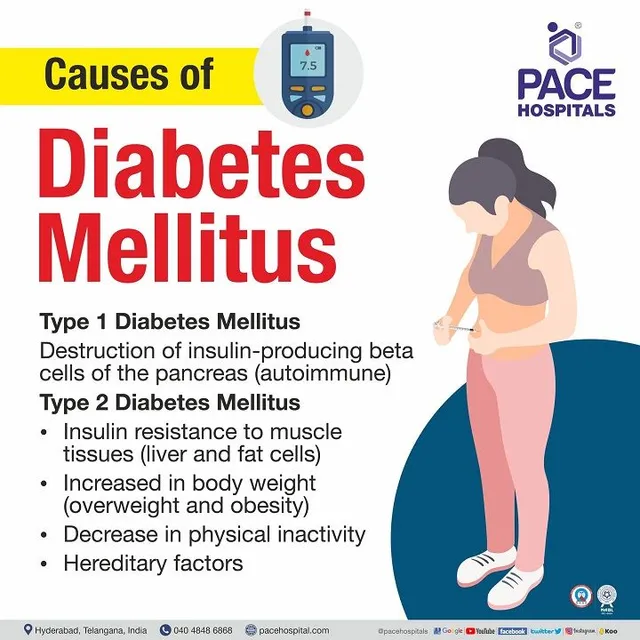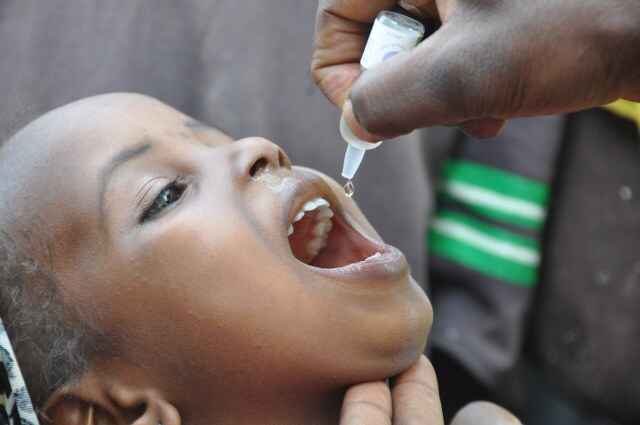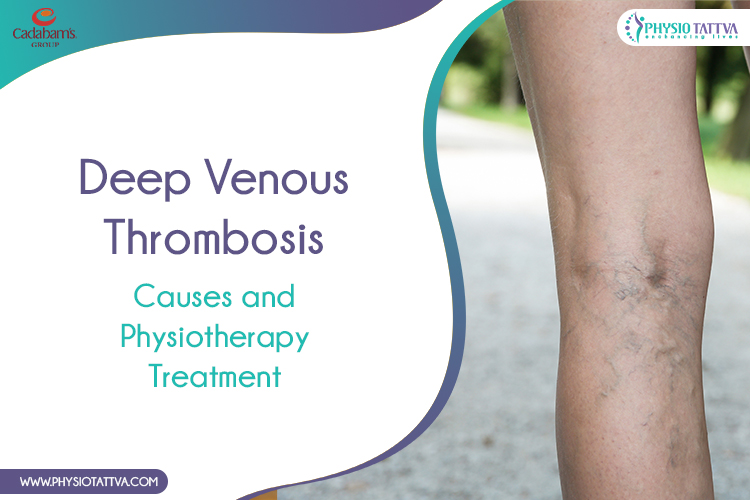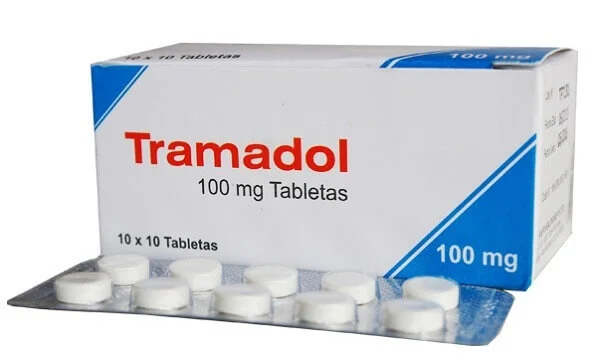Understanding Diabetes Mellitus: Type 1, Type 2, and Beyond
Diabetes mellitus is a chronic metabolic disorder characterized by high blood glucose levels (hyperglycemia) resulting from defects in insulin secretion, insulin action, or both. It is one of the most common endocrine disorders globally, and its prevalence is steadily increasing. This article provides an in-depth look into Type 1 and Type 2 diabetes mellitus, their causes, treatments, complications, and how they differ from diabetes insipidus.
Types of Diabetes Mellitus
Diabetes mellitus is broadly categorized into:
1. Type 1 Diabetes Mellitus (T1DM)
- Cause: Autoimmune destruction of pancreatic beta cells.
- Onset: Usually in childhood or adolescence but can occur at any age.
- Insulin: Absolute deficiency; insulin is essential for survival.
- Prevalence: Accounts for 5-10% of all diabetes cases globally.
2. Type 2 Diabetes Mellitus (T2DM)
- Cause: Insulin resistance and relative insulin deficiency.
- Onset: Commonly occurs after age 40 but increasingly seen in children and adolescents due to obesity.
- Insulin: May be required, but many patients can manage with oral medications.
- Prevalence: Represents 90-95% of all diabetes cases worldwide.
3. Gestational Diabetes Mellitus (GDM)
- Develops during pregnancy and usually resolves after delivery. However, it increases the risk of Type 2 diabetes later in life.
4. Other Specific Types
- These include monogenic diabetes syndromes (e.g., MODY), diseases of the exocrine pancreas, and drug- or chemical-induced diabetes.
Causes of Diabetes Mellitus
Type 1 Diabetes Causes
- Autoimmune destruction of pancreatic beta cells.
- Genetic susceptibility (HLA-DR3, HLA-DR4 alleles).
- Environmental triggers (e.g., viral infections, early cow milk exposure).
- Family history: A sibling or parent with Type 1 increases the risk.
Type 2 Diabetes Causes
- Genetics: Strong hereditary component.
- Lifestyle: Obesity, poor diet, physical inactivity.
- Age: Risk increases with age.
- Ethnicity: Higher risk in African American, Hispanic, Native American, and Asian populations.
- Other Conditions: Polycystic ovary syndrome (PCOS), hypertension, and dyslipidemia.
Signs and Symptoms
While both types can share symptoms, they often present differently:
| Symptom | Type 1 Diabetes | Type 2 Diabetes |
|---|---|---|
| Onset | Sudden | Gradual |
| Frequent urination (polyuria) | ✓ | ✓ |
| Excessive thirst (polydipsia) | ✓ | ✓ |
| Unexplained weight loss | ✓ | Sometimes |
| Fatigue | ✓ | ✓ |
| Blurred vision | ✓ | ✓ |
| Frequent infections | ✓ | ✓ |
| Ketosis / Diabetic ketoacidosis (DKA) | Common | Rare |
Diagnosis of Diabetes Mellitus
Diagnosis is typically based on the following blood glucose tests:
- Fasting Blood Sugar (FBS) ≥ 126 mg/dL (7.0 mmol/L)
- Random Blood Sugar ≥ 200 mg/dL (11.1 mmol/L) with symptoms
- Oral Glucose Tolerance Test (OGTT) ≥ 200 mg/dL (11.1 mmol/L)
- HbA1c (Glycated hemoglobin) ≥ 6.5%
Note: Diagnosis should be confirmed by repeat testing on a different day unless symptoms are obvious.
Treatment Options
Type 1 Diabetes Treatment
- Insulin Therapy: Essential for life. Types include rapid-acting, short-acting, intermediate, and long-acting insulin.
- Monitoring: Continuous glucose monitoring (CGM) or frequent blood sugar checks.
- Lifestyle: Healthy eating, carb counting, and regular physical activity.
Type 2 Diabetes Treatment
- Lifestyle Modifications: Diet, exercise, and weight loss are the first steps.
- Oral Hypoglycemics:
- Metformin (first-line)
- Sulfonylureas
- DPP-4 inhibitors
- SGLT2 inhibitors
- GLP-1 receptor agonists
- Insulin: May be needed if oral drugs are not effective.
- Monitoring: Regular glucose checks and HbA1c testing.
Complications of Diabetes
If not well controlled, both types can lead to serious complications:
Short-term Complications
- Hypoglycemia: Low blood sugar, especially from insulin or sulfonylurea use.
- Hyperglycemia: High blood sugar.
- DKA (mostly in Type 1): Life-threatening condition due to ketone buildup.
- Hyperosmolar Hyperglycemic State (HHS): Seen in Type 2, especially in elderly.
Long-term Complications
- Cardiovascular Disease: Heart attacks, stroke.
- Nephropathy: Kidney damage leading to kidney failure.
- Retinopathy: Eye damage leading to blindness.
- Neuropathy: Nerve damage, especially in feet.
- Foot ulcers and amputations.
Global Statistics and Figures (as of 2024)
- Worldwide prevalence: Over 537 million adults have diabetes (International Diabetes Federation).
- By 2045, this number is expected to rise to 783 million.
- Deaths: Around 6.7 million deaths annually are attributed to diabetes.
- Health expenditure: Estimated $966 billion USD globally in 2021.
- India, China, and the U.S. have the highest number of diabetic individuals.
- Obesity: More than 60% of Type 2 diabetes cases are linked to obesity.
Is Diabetes Mellitus Type 1 or Type 2?
When someone says “diabetes mellitus,” they could be referring to either Type 1 or Type 2. It is essential to specify the type due to their differing causes and treatments. Type 2 is far more common and is often associated with lifestyle, whereas Type 1 is an autoimmune condition requiring lifelong insulin therapy.
Diabetes Mellitus vs Diabetes Insipidus
Despite similar names, diabetes mellitus and diabetes insipidus are entirely different disorders:
| Feature | Diabetes Mellitus | Diabetes Insipidus |
|---|---|---|
| Cause | Insulin deficiency/resistance | ADH (antidiuretic hormone) dysfunction |
| Blood Sugar | Elevated | Normal |
| Urine Glucose | Present (glycosuria) | Absent |
| Urine Output | Increased (osmotic diuresis) | Increased (due to lack of water reabsorption) |
| Types | Type 1, Type 2, GDM, others | Central DI, Nephrogenic DI, Dipsogenic DI |
| Treatment | Insulin, oral drugs, lifestyle | Desmopressin (DDAVP), fluid management |
Types of Diabetes Insipidus
- Central DI: Caused by deficiency of ADH.
- Nephrogenic DI: Kidneys don’t respond to ADH.
- Dipsogenic DI: Dysfunctional thirst mechanism.
- Gestational DI: Occurs during pregnancy due to placenta enzyme breaking down ADH.
Prevention and Management
While Type 1 diabetes cannot be prevented, Type 2 diabetes is largely preventable with lifestyle changes:
Preventive Measures
- Maintain a healthy weight (BMI < 25).
- Eat a balanced, low-sugar, high-fiber diet.
- Engage in at least 150 minutes of physical activity per week.
- Avoid tobacco and limit alcohol.
- Regular screening if at risk (age > 45, family history, obesity).
Conclusion
Diabetes mellitus is a significant global health challenge with rising prevalence and associated complications. Type 1 diabetes is autoimmune and requires insulin for survival, whereas Type 2 diabetes is often lifestyle-related and manageable with oral medications, diet, and exercise. Understanding the types, causes, and treatments of diabetes helps in effective management and prevention.
Additionally, diabetes mellitus should not be confused with diabetes insipidus, a rare disorder related to water balance, not glucose metabolism.
With proper diagnosis, treatment, and lifestyle choices, individuals with diabetes can lead healthy and fulfilling lives.
Would you like this content turned into a PowerPoint (PPT) format as well?
A network error occurred. Please check your connection and try again. If this issue persists please contact us through our help center






